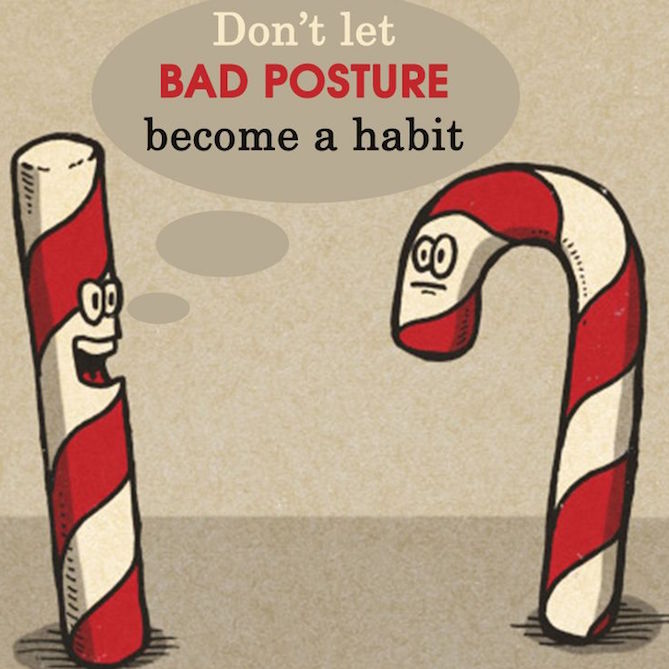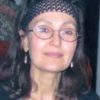
Looking & Seeing — by Selma Gokcen
Selma Gokcen
In my last column, I mentioned getting to know some of your habits at the cello…the worst ones can become your best friends, in that they will offer the richest material for work on yourself. So now we step into the arena.
Looking at oneself is not easy. The same instrument that presents the problems is also doing the observing, so how reliable can our observations be when the instrument itself is faulty? This was F.M. Alexander’s dilemma. His vocal problem was hidden within himself, and so he set about observing himself in a mirror, later three mirrors, to see if he could discover any correlation between what he was doing with his whole body and his specific vocal defects. After long and patient examination, he identified several harmful habits, amongst them a stiffening of the neck, throwing back the head, tightening the back and legs to project the voice, and more. His entire self was involved in producing sound, not just the voice.
As cellists perhaps we have a somewhat easier time of it. Our instrument is out front. It is visible. And so the first work that takes place is to observe yourself (without the cello and with the cello) at rest and in movement. For example, what happens to your neck, your head and your back when…
• You take your place in the chair
• You go to lift the cello and bring the cello towards you
• You put the cello in place to play
• You take hold of the bow
• You lift the bow to the string
• You initiate the sound
F.M. Alexander ended up paying closest attention to the preparation phase, not the action phase. He thereby discovered something very important about how the brain works: You have an idea of doing something; there is an instantaneous response as the nerves send the signal and the muscles are readied. This is sometimes referred to as “the postural set,” meaning that the same response is engendered every time you have the idea of doing a certain something. It is the “getting ready” phase and it is subconscious. Alexander called it “‘instinctive misdirection.” The roots of the habit lie there, deep in the brain structures (the cerebellum, to be more precise), where in milliseconds all that is required for a certain action is produced. To change a habit for life, we cannot just do another thing, we have to learn to stop that instantaneous reaction which produces the same result time after time. No wonder changing a habit is so difficult and takes so long!
In my Alexander Technique class, my students work on their own “use” first for a time before taking up the instrument. What is “use”? It is the term Alexander employed to describe the workings of the whole of you—the mind/body—all the parts of you that are coordinated as one being by your brain impulses. This coordination goes on at rest as well as in movement.
One of the keys to improving your “use” is learning to quiet the Monkey Mind, the mind that jumps all over the place and is too quick to react.
With practice and patience, you can begin to observe where in the process of thought/action your habit is produced. There are recognizable signs such as a sudden tightening of the neck, a stopping or holding of the breath, a contraction rather than expansion of the body and a closing of the attention. Your attention is a good indicator or marker of your “use,” as is the breath; where are your eyes when you are in the midst of playing? Are your head and eyes hunkered down over the instrument? Let me know the treasures you find.…
Subjects: Playing Healthy
